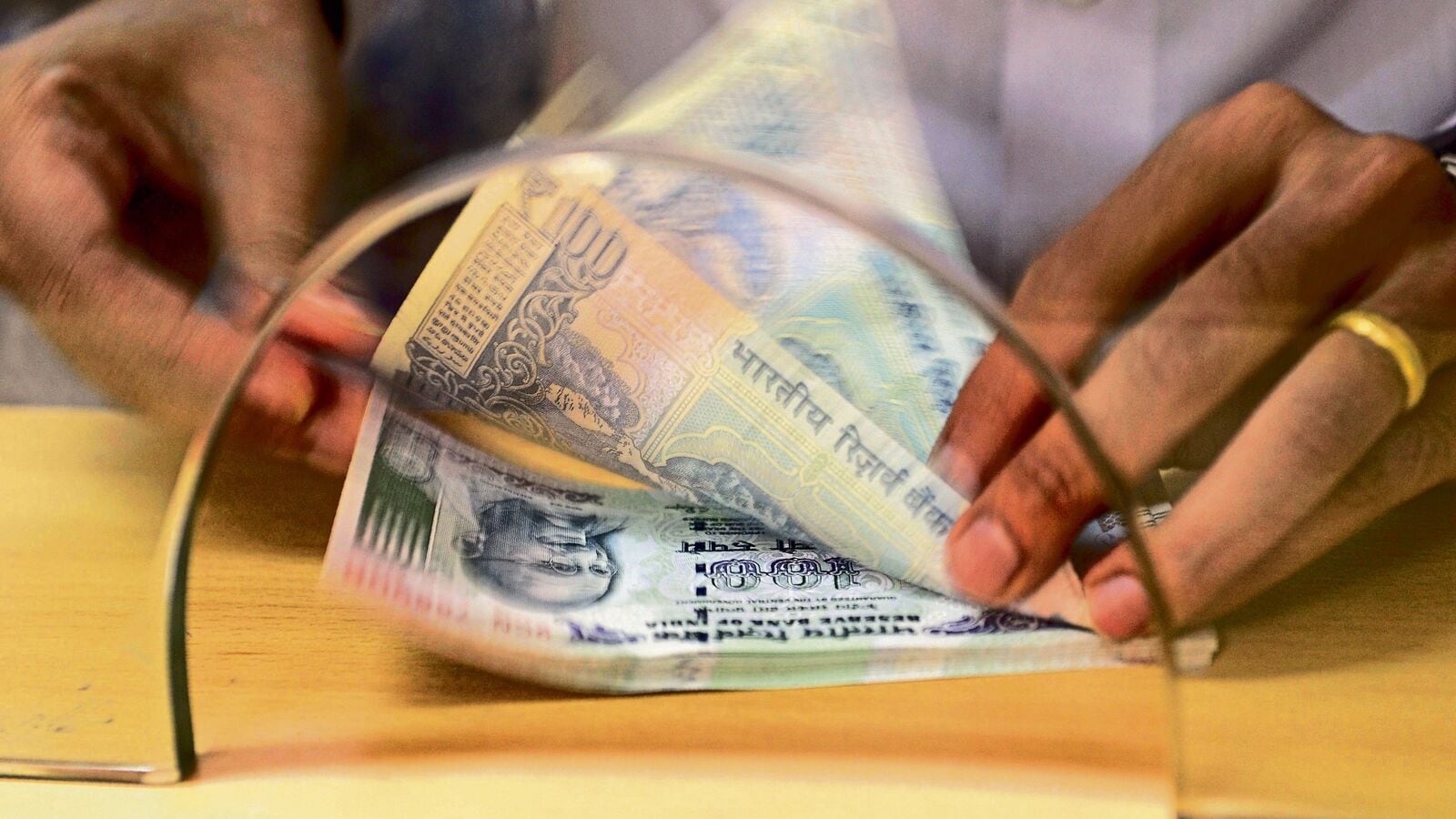The recent volatility of the Indian rupee against the US dollar, driven by persistent geopolitical tensions, is expected to have substantial implications for various sectors, potentially impacting their earnings by up to 250 basis points (bps) in the fiscal year 2026, as highlighted by a report from Crisil Ratings. This analysis reveals that the rupee experienced significant fluctuations, starting at ₹83.81 per dollar on October 1, 2024, peaking at ₹87.40 by February 28, 2025, before slightly recovering to ₹85.65 on April 3, 2025. Over the previous two years leading up to September 2024, the rupee depreciated by 1-2% annually.
Future Projections for the Rupee
Despite a recent modest appreciation, Crisil anticipates continued weakening of the rupee, predicting it will stabilize around ₹88 by the close of fiscal 2026. Interestingly, while some sectors may experience immediate challenges, Crisil’s analysis suggests that the overall credit profiles of companies within their assessment framework are likely to remain neutral.
Sector-Specific Impacts of Rupee Depreciation
The report emphasizes that sectors heavily reliant on imported goods or dollar-denominated materials could see a significant increase in operational costs without a corresponding rise in revenues. Affected industries include:
- Complex fertilizers
- Airlines
- Oil and gas (refining and marketing)
- PVC pipes and fittings
- Capital goods
- Pharmaceuticals (APIs)
- Renewable energy
Conversely, sectors like information technology (IT), home textiles, and marine foods, which primarily serve international markets, may benefit from a declining rupee, potentially boosting their earnings.
Minimal Impact on Other Sectors
For other industries with substantial international trade exposure, such as pharmaceuticals (formulations), chemicals, primary steel, gems and jewelry, ceramics, city gas distribution, and edible oils, the depreciation effect is expected to be minimal. This is largely due to their natural hedges and their capacity to pass on increased costs to consumers.
Long-Term Credit Outlook
Crisil Ratings notes that while the immediate effects on corporate earnings are noteworthy, the overall credit impact is likely to balance out over time as businesses adjust to new currency dynamics. The specific impact on individual companies will vary based on their dollar-denominated debt levels and the hedging strategies they employ. A weaker rupee could inflate liabilities and escalate debt obligations, potentially affecting credit profiles if the amounts involved are significant.
In summary, while the rupee’s fluctuations present challenges for various sectors, the broader credit landscape appears stable, with companies expected to adapt to changing conditions in the medium term.











